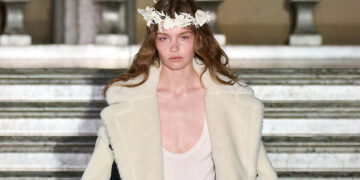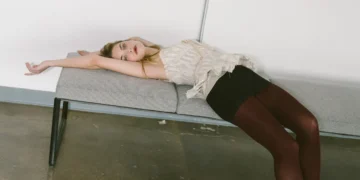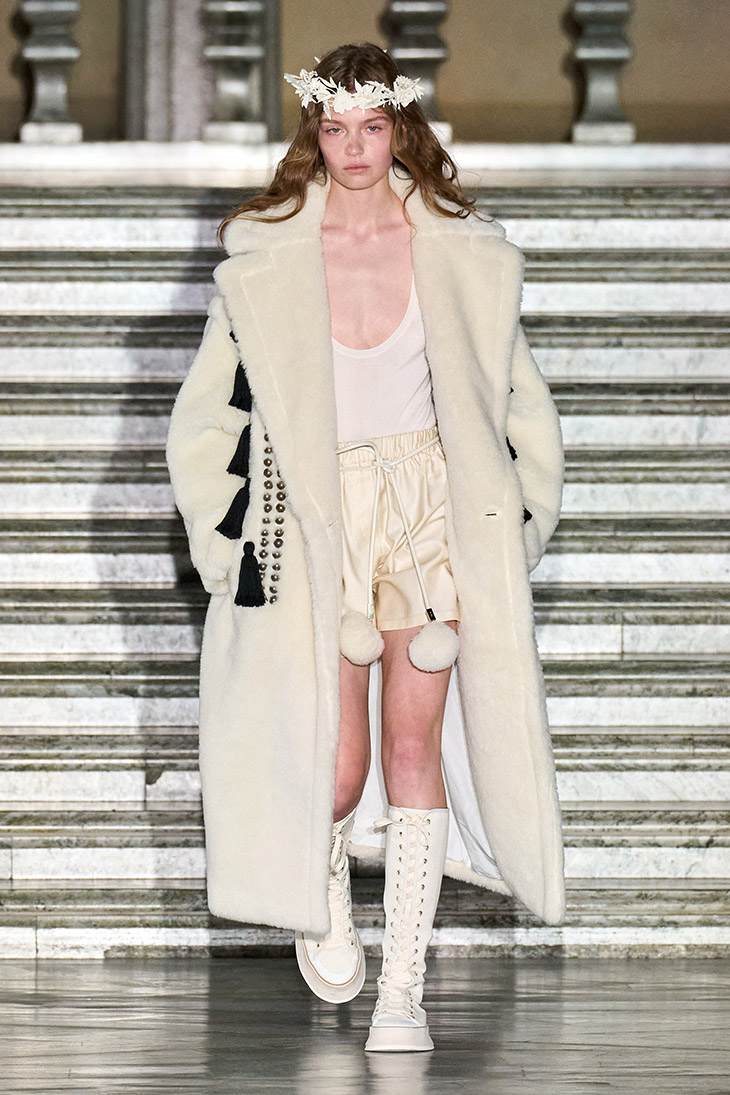
Luxury house MAX MARA unveiled its Resort 2024 Collection that was inspired by Nordic culture and writer Selma Lagerlöf, the first woman to win the Nobel Prize in Literature, with a fashion show held at City Hall in Stockholm, Sweden on Sunday 11 June 2023. As the weather map changes from yellow to orange to deep, deep red, sensible travelers instinctively turn north in search of cool havens. Max Mara is fully at home in Scandinavia, drawn to the region’s dynamic metropolises and the appeal of Nordic design. However, it is the epic natural landscapes and the folklore steeped in mystery and magic that give Max Mara‘s repertoire a new dimension. Scandinavia has long been associated with a progressive mentality. While the Vikings are widely remembered for their violent pillaging, few realize that they also planted the roots of gender equality in the Nordic regions. Queen Christina of Sweden, a feminist symbol ahead of her time, and the early nineteenth-century wave of “women’s liberation” are testaments to this progressive legacy. Scandinavian philosophy pervaded every aspect of culture in the late nineteenth century. Henrik Ibsen, although not claiming the title of a feminist, became known as a forerunner of the “New Woman” through his plays, which featured families dealing with the rigors of a repressive bourgeois society.
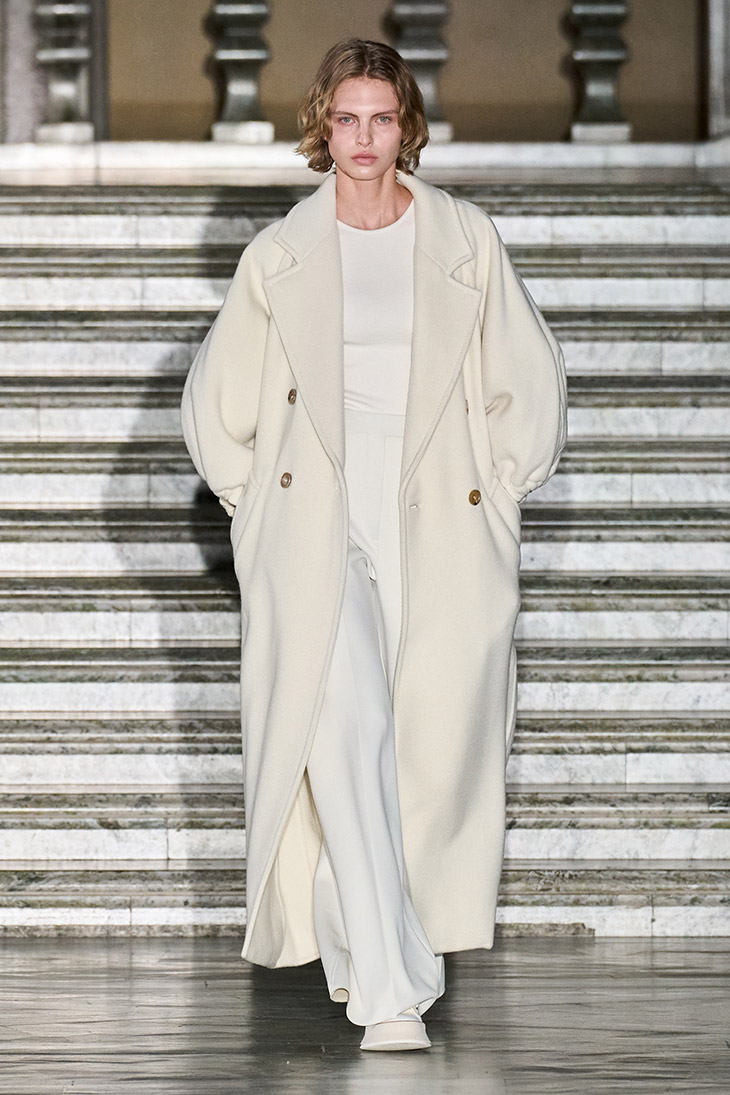
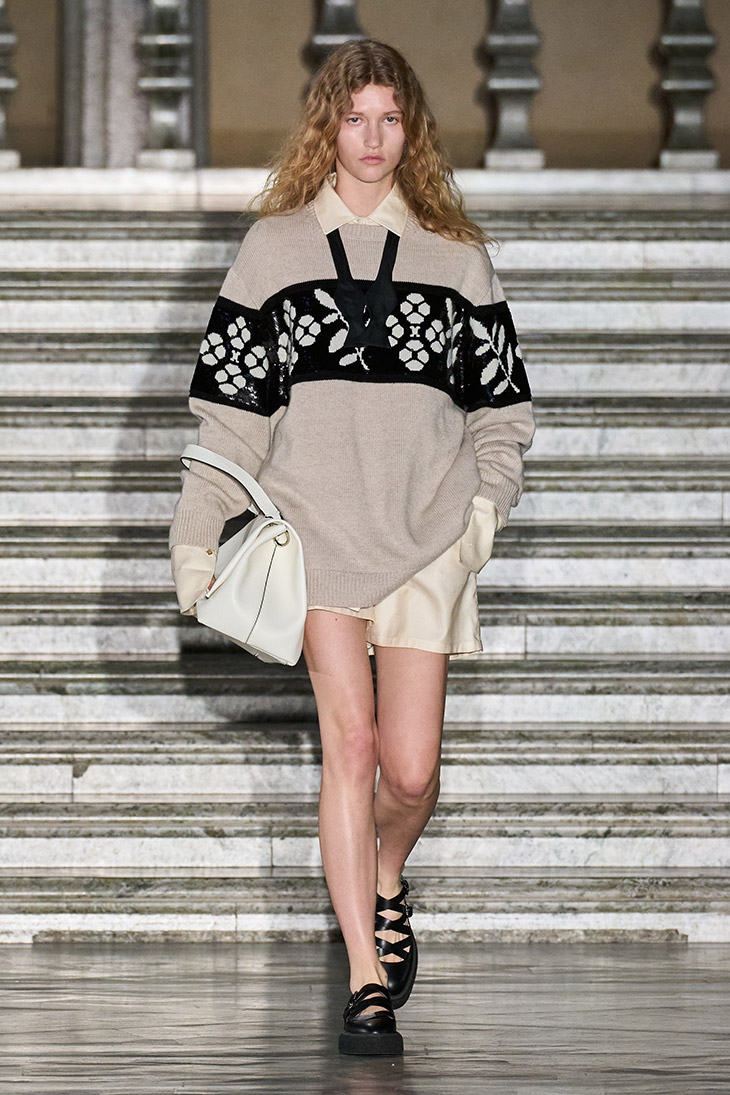
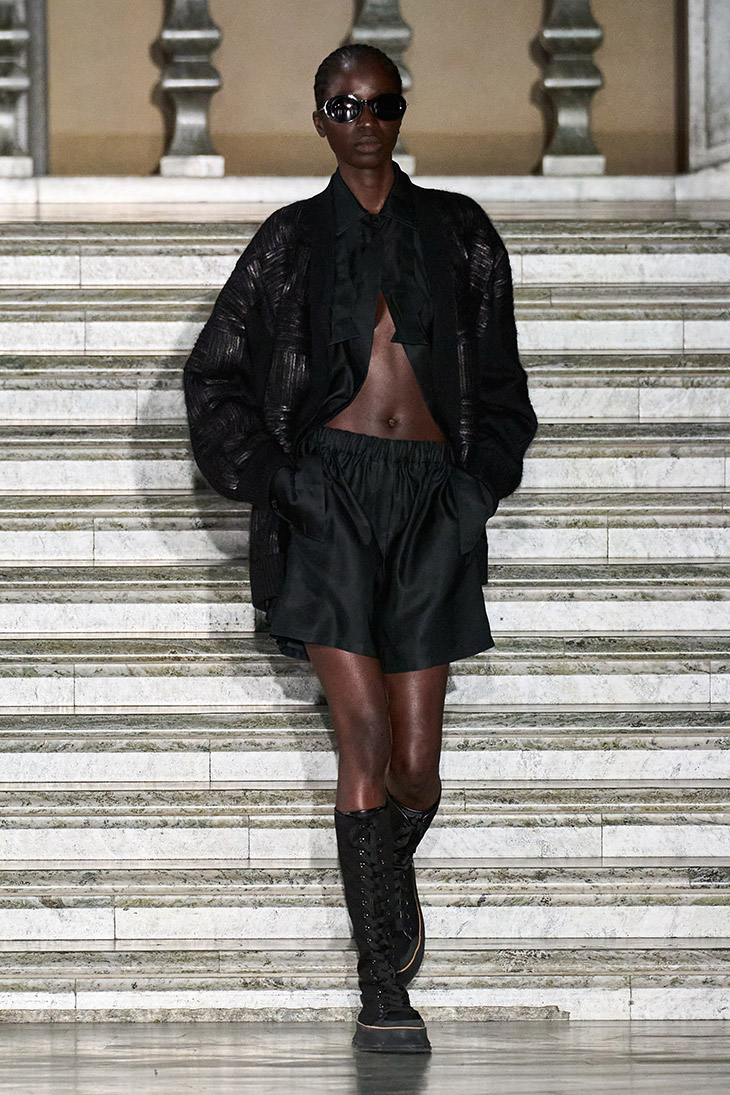
Selma Lagerlöf connects the different strands that run through Max Mara‘s Resort collection. Lagerlöf, who was born in 1858 into a wealthy Swedish family, championed ideas that challenged the starched norms of her period. As a writer, she fought for social change and growth, promoting far-sighted views on women’s roles and sexuality. She immersed herself completely in the worlds of Ibsen, Munch, Nietzsche, and Kierkegaard. Lagerlöf personifies Scandinavia’s contribution to the formation of the modern metropolitan self, weaving daily life with regional folklore, classical myths, and fairy tale motifs. She was the first woman to receive the Nobel Prize in 1909, signifying the revival of folklore in Scandinavian culture.
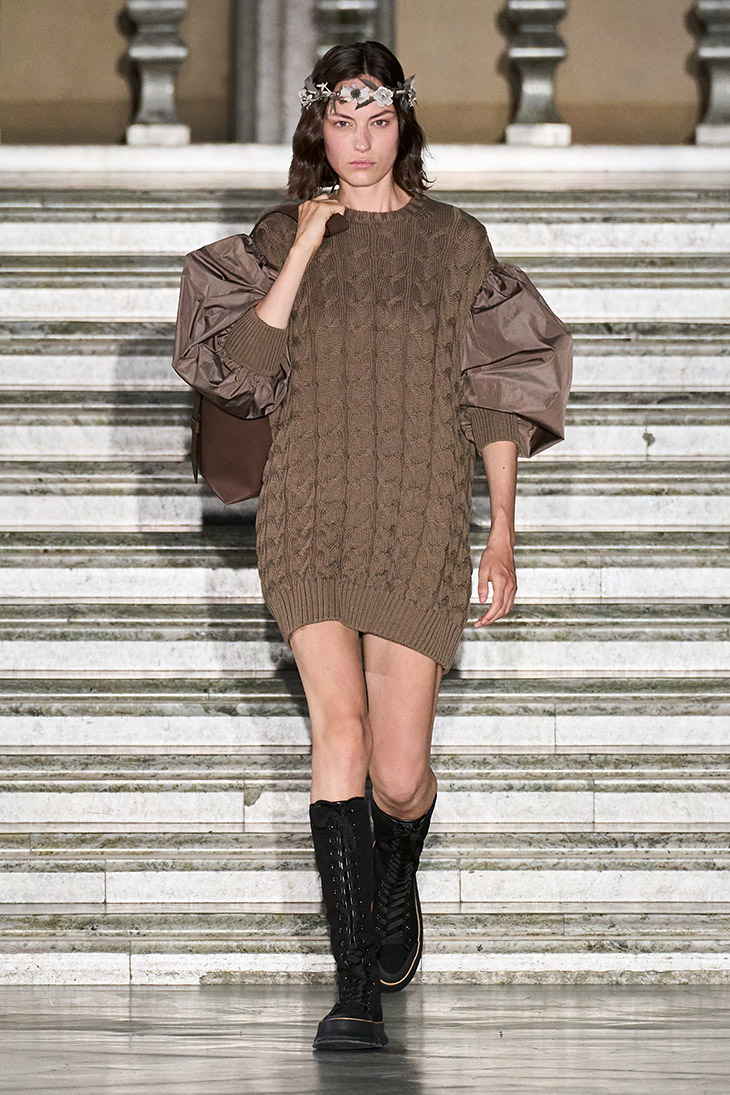
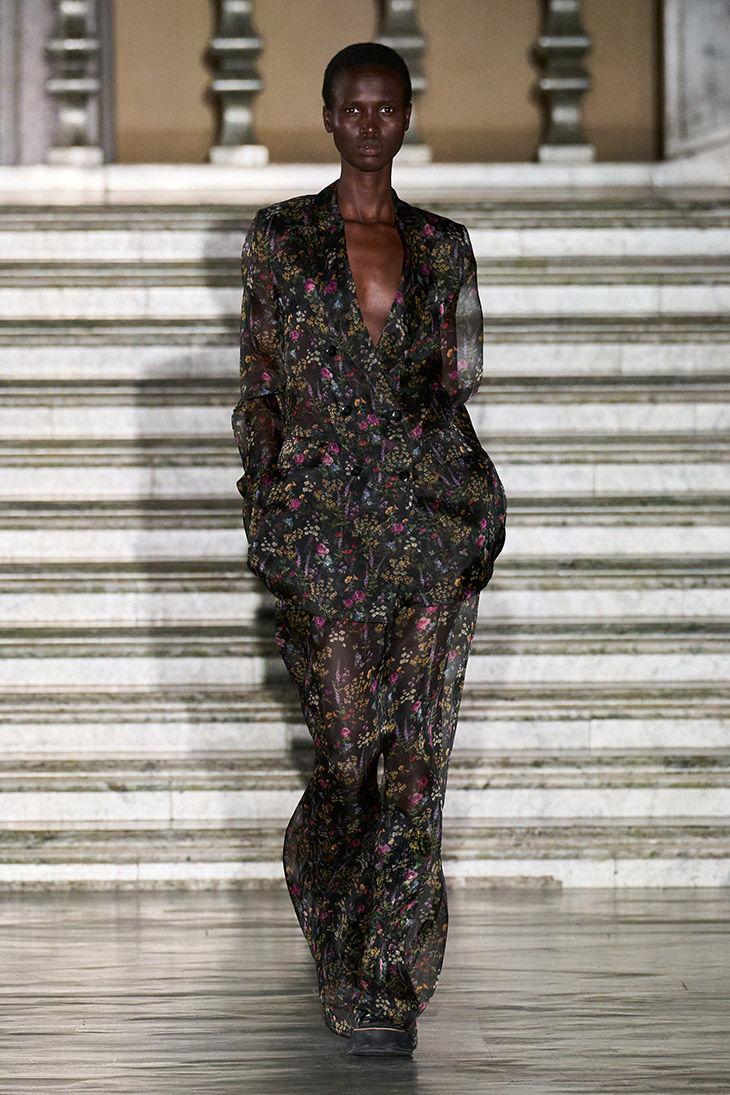
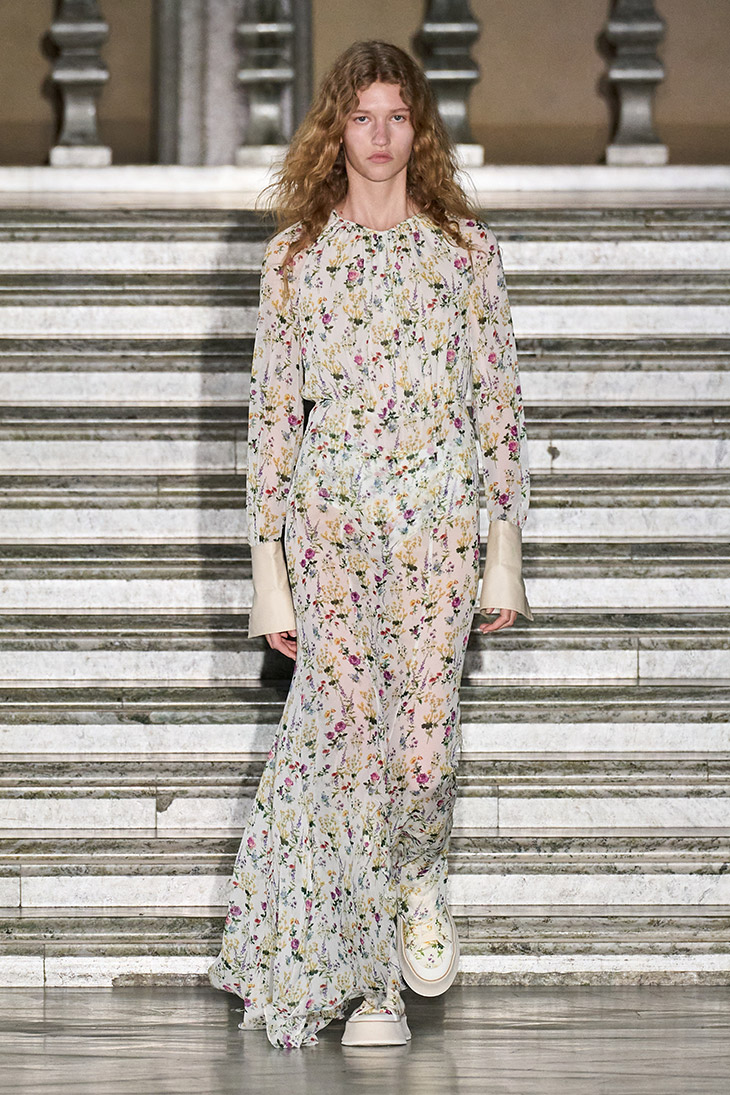
The MAX MARA Resort 2024 collection combines no-nonsense, upright, fitted designs of the 1900s with modern touches such as gigot sleeves, ankle-grazing skirts, elbow-length capes, and elegant blouses paired with bow ties. Billowing tunics, both long and short, embellished with black and white braids, pom-poms, tassels, and studs mirror folk tradition patterns. By reinventing folk blouses in linear, contemporary materials and removing unnecessary decorations, the collection achieves a stunning modernity. Inspired by Midsommar, the folk festival celebrating the gift of summer, Max Mara takes a fresh approach to florals, the garments speckled with paintbox-colored sprigs reminiscent of a Midsommar meadow. Floaty ensembles entice dreamy nights, while graphic white collars and cuffs lend a hint of urban refinement, paying homage to the allure of city life.
Discover every look from the MAX MARA Resort 2024 Collection in the gallery below:
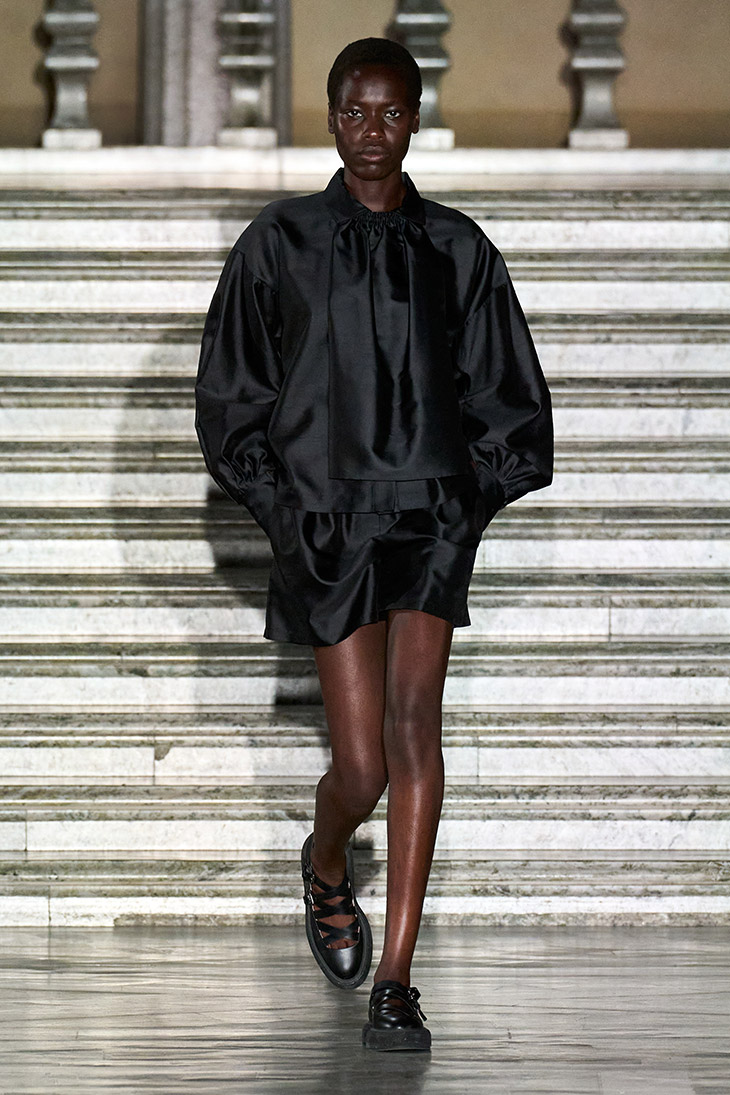
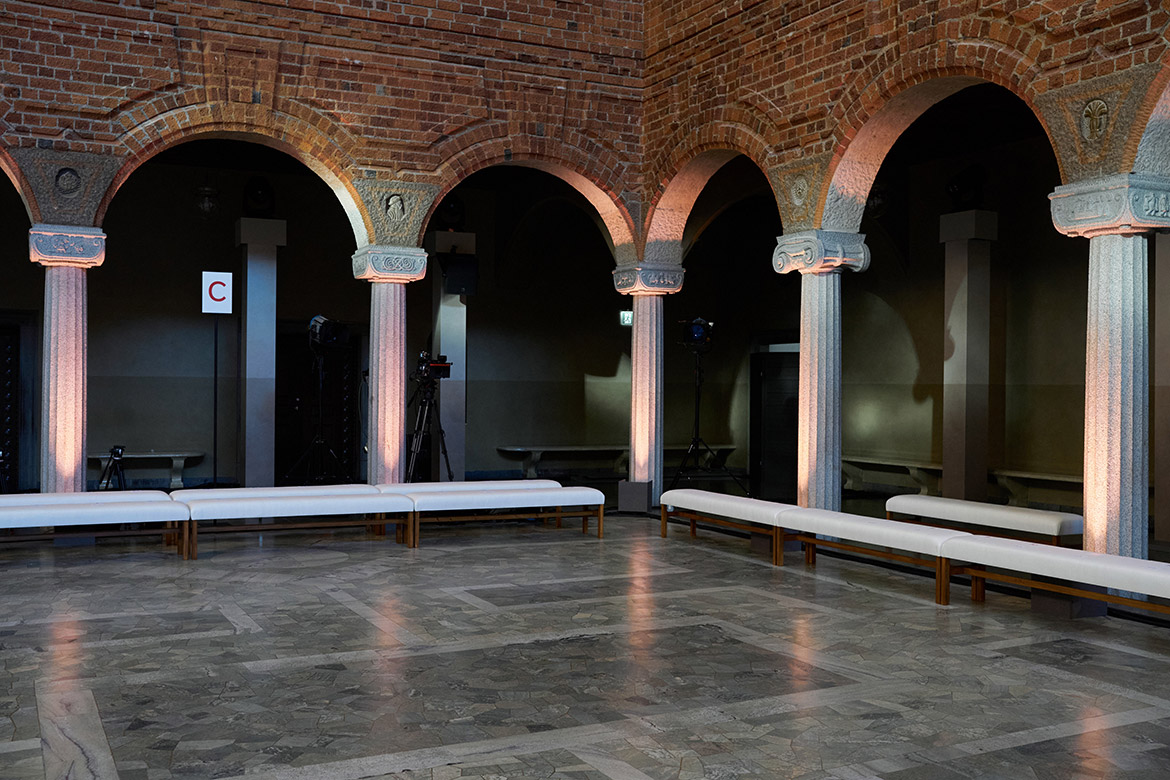
Towards the end of the 19th century, Stockholm experienced considerable growth, prompting city expansion and the construction of larger venues to serve its numerous institutions. On October 27th, 1902, architects were invited to participate in a competition to show their plans for a new Courthouse and a separate City Hall. Ragnar Östberg, the winning architect, began building of the City Hall on the site of the former Eldkvarn mill. The construction project began in 1911, and the ceremonial opening took place on Midsummer Eve in 1923, 12 years later. The Stockholm City Hall is now one of Sweden’s most recognizable structures. An examination of the building reveals that Östberg was inspired by several architectural styles, including Italian Renaissance, Swedish Baroque, and national romantic.
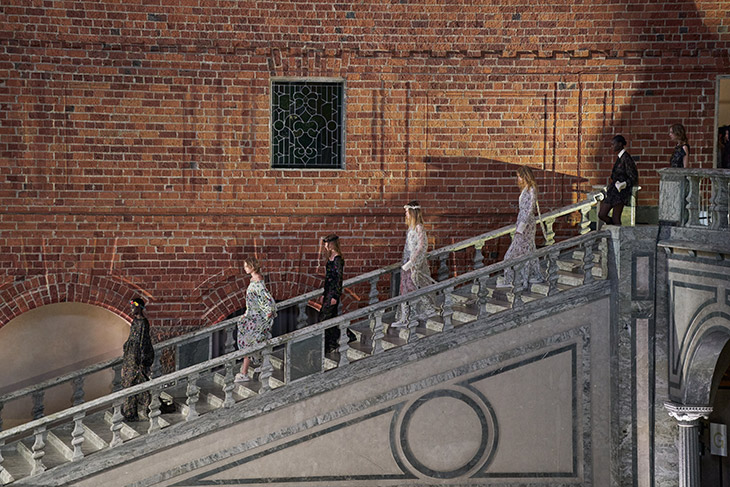
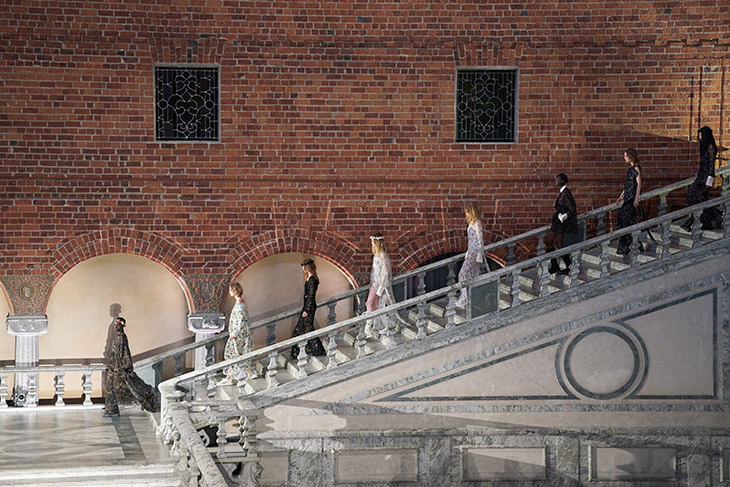
Östberg drew particular inspiration from Italy, notably Venice, when constructing the City Hall, which features two courtyards – an outer and an inner courtyard – similar to Italian Renaissance palaces. Despite having a ceiling, the inner courtyard, known as the Blue Hall, gives the impression of being open. Östbergg included aspects from older Swedish buildings such as the Vasa fortresses and the historic royal stronghold Three Crowns (Tre Kronor) to stress the significance of the country’s own history. By employing the same brick size and brickwork as the castle Three Crowns, Östberg imbued the City Hall with historical resonance and legitimacy.
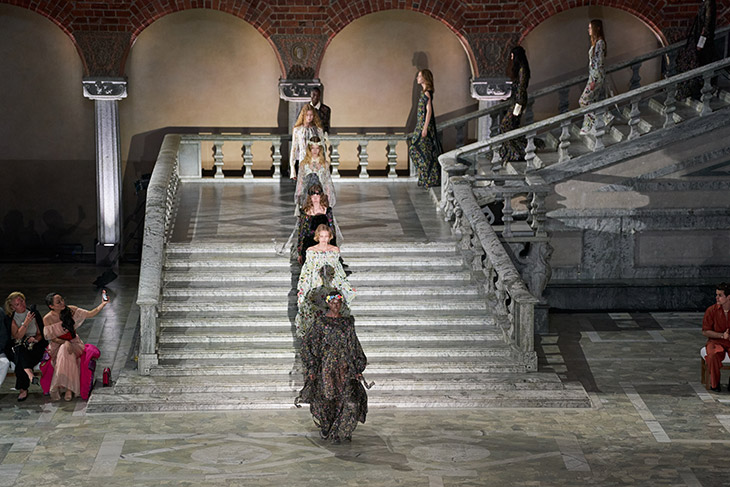
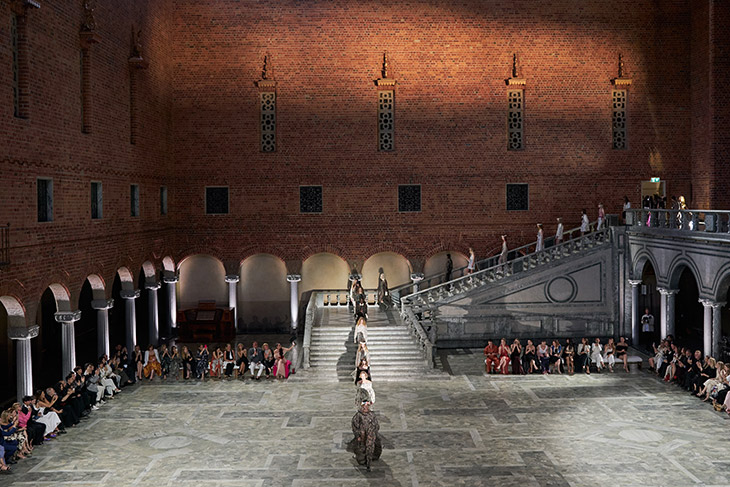
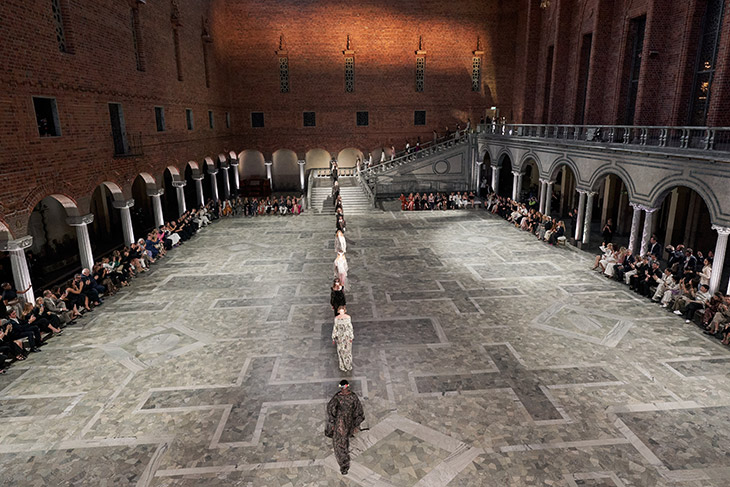
The use of local materials was vital in the national romantic style, and Östberg followed this idea in the construction of City Hall. Only Swedish materials were used, with a few outliers, such as granite from the Stockholm archipelago and marble from the forested rocky slope of Kolmrden. Östberg was a firm believer in the connection of architecture and art, viewing art as a natural extension of architectural design. The sculptures, paintings, and artistic features throughout the City Hall pay homage to Sweden and Stockholm’s past. The building’s interior was designed by some of the most important artists and craftspeople of the time, resulting in a rich and profound artistic portrayal of the nation’s legacy.
